Picture this: You’ve found a diamond in the rough. It’s a property that’s worth less than the one you’re selling, but you see its potential. Maybe it’s in an up-and-coming neighborhood, or perhaps it’s a fixer-upper that could be a gold mine with some TLC. You’re excited about the investment opportunity, but then you remember the 1031 exchange rule about “equal or greater value.” What gives? Why can’t you invest in this potentially lucrative property?
The Rule: Equal or Greater Value
In a 1031 exchange, the IRS requires that the replacement property be of equal or greater value than the relinquished property. But why? Let’s break it down.
It’s All About the Taxes
The primary reason for this rule is simple: taxes. The 1031 exchange is designed to defer taxes, not avoid them entirely. If you were to exchange for a lower-value property, you’d essentially be cashing out part of your investment. And Uncle Sam wants his share of that cash.
What Happens If You Go Lower?
If you do choose a lower-value property, here’s what happens:
- Partial Tax Deferral: You’ll still get a partial tax deferral on the portion that you reinvested.
- Boot: The difference in value is called “boot,” and it’s taxable.
- Immediate Tax Bill: You’ll owe capital gains tax on the boot in the year of the exchange.
The Silver Lining
While you can’t avoid taxes by downsizing in a 1031 exchange, there’s still good news:
- Flexibility in Property Type: Remember, you can still change property types (e.g., from commercial to residential) as long as it’s for investment or business use.
- Multiple Properties: You can exchange one property for multiple lower-value properties, as long as their combined value meets or exceeds your relinquished property’s value.
- Improvements Count: You can use exchange funds for improvements on a lower-value property to meet the equal or greater value requirement.
The Bottom Line
While it might seem restrictive, the “equal or greater value” rule is there to maintain the integrity of the tax deferral benefit. It ensures that you’re reinvesting your profits rather than cashing out.
Remember, a 1031 exchange is a powerful tool for building wealth through real estate, but it requires careful planning and strategy. The key is to make it work for your investment goals while playing by the rules.
Curious about how to make a 1031 exchange work with your investment strategy? Don’t go it alone. Call us at 888-508-1901 for a consultation. We’re here to help you navigate the rules and maximize your investment potential, whether you’re upsizing, changing property types, or exploring creative solutions within the 1031 exchange framework.

Can I Do a 1031 Exchange When Downsizing? Yes, But There’s a Catch

Top 6 Misconceptions About 1031 Exchanges: Separating Fact from Fiction



